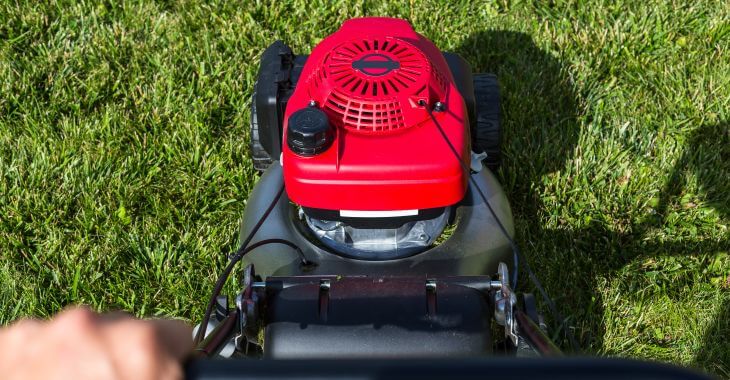Fertilizer Numbers
What do the numbers on fertilizer bags mean??
These numbers are the percentage of Nitrogen, Phosphate and Potassium respectively that are contained in the fertilizer mix. These are the major nutrients needed for healthy soil and plant growth. For example: 18-24-6 means it contains 18% Nitrogen, 24% Phosphate and 6% Potassium – a typical lawn fertilizer. The fertilizer you choose should be based on what results you want to achieve.
Nitrogen is a building block for protein. It promotes plant growth and helps the plant have a rich green color because hit assists in the production of chlorophyll. The more nitrogen your fertilizer has, the faster it will grow and greener it will be.
Phosphate helps in the formation and growth of roots and cell division. It is advisable to use a fertilizer a good percentage of phosphate when you first plant your tree, plants, flowers or a new lawn.
Potassium is necessary for photosynthesis. It helps strengthen plants against cold and disease. Potassium also promotes healthy roots and fruit formation. Potassium is important as you are going into the winter months!!
When you are choosing a fertilizer, consider what your plant is lacking or how you would like it to look. Then choose the number combination that best fits your needs. You can also get your soil tested by your county extension office. This may be free, but there may also be a nominal fee. This will determine what nutrients are lacking in your soil.
Lastly, too much fertilizer can be harmful to your plants and even cause them to die. Read your labels carefully and follow the recommendations on the label.
